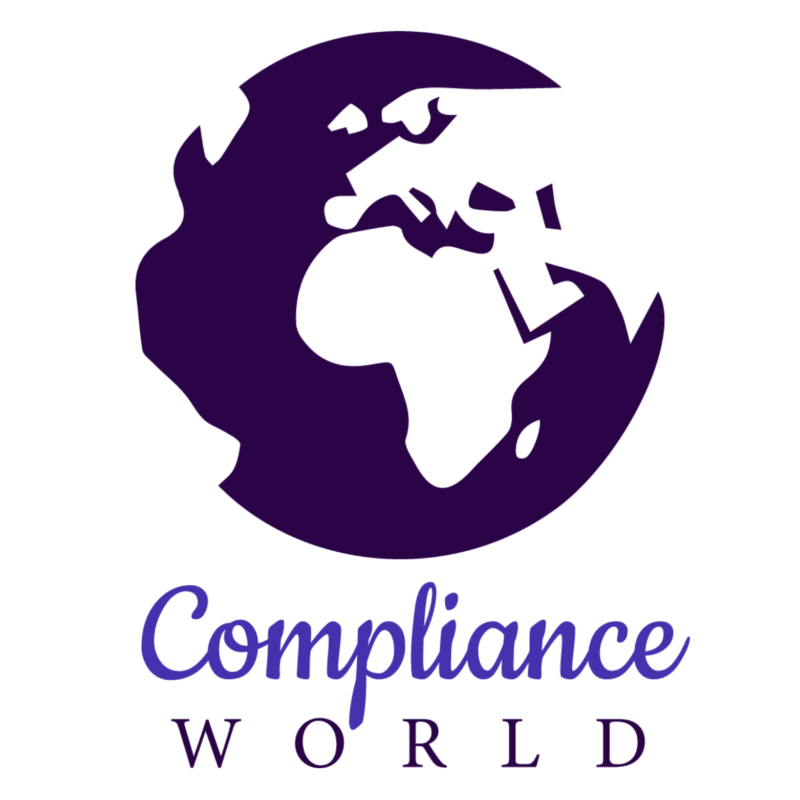Assessments
A key principle with the GDPR is data protection by design and by default – integrating privacy enhancing measures and technologies into projects from the very beginning of the project lifecycle.
We can assist in preparing Data Protection Impact Assessments for new processing activities that may be ‘high risk’. We can also assist in compliance audit of funds and service providers.
A Data Protection Impact Assessment (DPIA), also known as a Privacy Impact Assessment (PIA) in some regions, is a systematic process used to identify and assess the potential privacy and data protection risks associated with a specific project, process, or system that involves the processing of personal data. DPIAs are an essential tool for organizations to ensure compliance with data protection regulations, such as the General Data Protection Regulation (GDPR) in the European Union.
Purpose
Identify and mitigate privacy and data protection risks: DPIAs are conducted to identify and analyze potential risks to individuals’ privacy and data protection rights that may arise from a particular data processing activity.
Demonstrate compliance: DPIAs help organizations demonstrate their commitment to data protection and compliance with relevant regulations
When to Conduct a DPIA
DPIAs are typically required when a data processing activity is likely to result in a high risk to individuals’ privacy and data protection rights. High-risk scenarios can include processing sensitive personal data, large-scale processing, and systematic monitoring of individuals.
Key Steps in Conducting a DPIA
Identification of the Processing Activity:
Define the scope and purpose of the data processing activity, including what personal data is involved and who is responsible.
Assessment of Necessity and Proportionality:
Evaluate whether the processing is necessary for the intended purpose and whether it is proportionate to the desired outcome.
Identification of Risks:
Identify and assess potential risks to individuals’ rights and freedoms, such as unauthorized access, data breaches, or misuse of personal data.
Mitigation Measures:
Develop and implement measures to mitigate or eliminate identified risks. This may involve technical and organizational safeguards.
Consultation:
If the DPIA indicates a high risk that cannot be adequately mitigated, organizations may need to consult with relevant data protection authorities or seek prior approval.
Documentation:
Maintain detailed records of the DPIA process, including its outcomes, measures taken, and ongoing reviews.
Data Protection Authorities
In some cases, organizations may be required to consult with their country’s data protection authority or seek their approval before proceeding with a high-risk data processing activity.
Continuous Monitoring and Review
DPIAs should be part of an organization’s broader approach to data protection by design and default, meaning that privacy considerations are integrated into the development of products, services, and processes from the outset.
Integration with Data Protection by
Organizations should communicate the results of DPIAs to individuals whose data is being processed, as well as to relevant stakeholders, to ensure transparency.


